
The kite circles low over the avocado orchard. Cruising above the trees, it searches for its next meal. Then it drops to the ground, talons clutching a small, dark object.
But it’s not a rat. Or a mouse. Or even an animal. This hawk is feasting on an avocado.
We think of raptors as exclusive carnivores. Bald eagles and ospreys snatch fish from the waves. Kestrels munch insects mid-air. The snail-kite eats, well, snails. Peregrine falcons torpedo-dive to catch pigeons, and the harpy eagle chows down on primates. And the birds of prey that don’t hunt scavenge carrion from the roadside or carcasses from other predators.
And yet, the natural world is full of surprises.
A new paper from Australia documents the first instance of frugivory, or fruit-eating, in black kites and whistling kits in Australia. The scientists also report that at least 29 species of raptor also turn to fruit for supplemental food, based on a global review of raptor behavior.
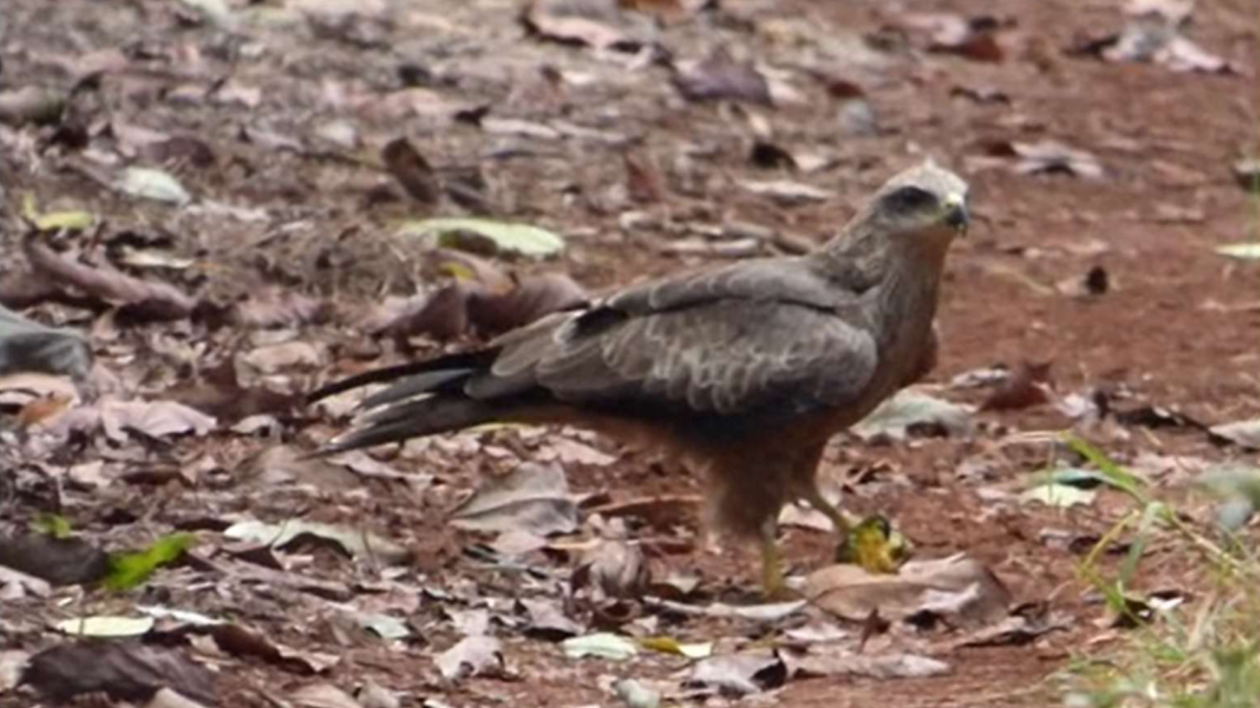
The black kite’s chocolate-brown plumage and distinctive, fork-tailed silhouette is a familiar sight for birders outside of North and South America. The species, Milvus migrans, is widespread across Africa, Asia, Europe, and Australia.
“They’re probably the most abundant raptor in the world,” says James Fitzsimons, an expert birder and the director of conservation and science for The Nature Conservancy Australia.
Current estimates of the black kite population hover between 1 and 2.5 million birds, although their numbers can vary widely from year to year based on prey abundance. In some areas they congregate in huge numbers, soaring by the hundreds or thousands over garbage dumps in Delhi, agricultural fields plagued by grasshoppers, or, in this case, Australian avocado orchards.
In 2002, north Queensland wildlife guide and occasional fruit picker Jack Leighton noticed black kites feeding on avocado fruits in commercial orchards. Flocks of kites gathered around the trees, swooping down to eat near-rotten fruit that had fallen to the ground after harvest.
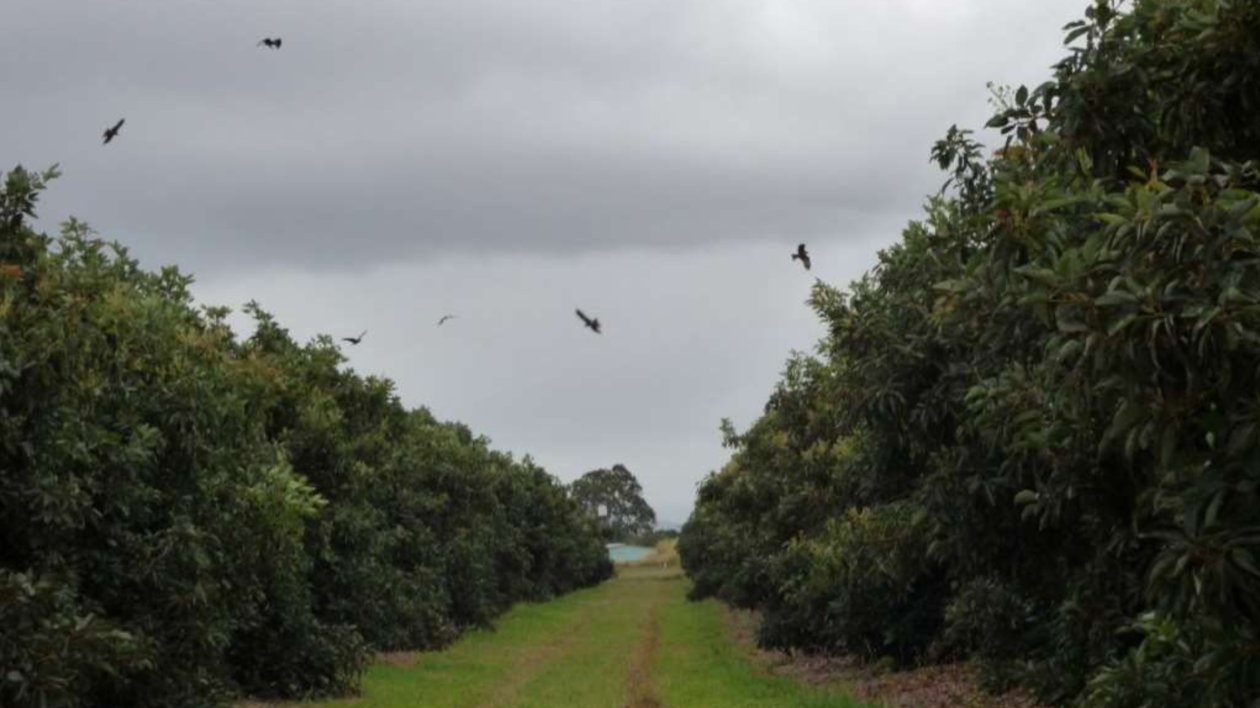
Leighton observed this behavior more than 100 times over the next 10 years, occasionally seeing whistling kites feed on the fruits as well. The birds seemed to have a distinct preference for the ‘sheppard’ variety of avocado, instead of the ‘haas’ variety, perhaps due to the fruit’s thinner skin.
After looking at the scientific record, Fitzsimons realized that this was the first documented evidence of raptor frugivory in Australia, as well as the first-ever record of frugivory for whistling kites.
“The fact they have been doing this regularly for close to two decades is fascinating,” says Fitzsimons.
Except for the palm nut vulture, which regularly consumes fruits, he says that observations of frugivory in other species are mostly sporadic. Birds might turn to fruit or vegetable matter occasionally, but not as a regular food source.
But it seems that the kites of northern Queensland are bucking the trend, eating avocados on a regular basis.
Black kites are typically scavengers, eating carrion, offal, and garbage, though they will also hunt small mammals, birds, reptiles, frogs, grasshoppers, and fish. Whistling kites (Haliastur sphenurus) have a similar diet, but are more likely to hunt than scavenge their prey.
Fitzsimons found that frugivory had been observed in black kites only in the savannas of central Ivory Coast in Africa, where the birds were observed eating oil palm fruits.
“Black kites are everywhere, and they eat almost anything,” says Fitzsimons, “so it’s quite fascinating that this behavior hasn’t been documented anywhere else, besides Africa, for such a widespread species.”
He adds that northern Queensland’s black kites could be the most continuous fruit-eating raptor population anywhere in the world, except for the palm nut vulture (Gypohierax angolensis), an African species that specializes in fruit consumption.
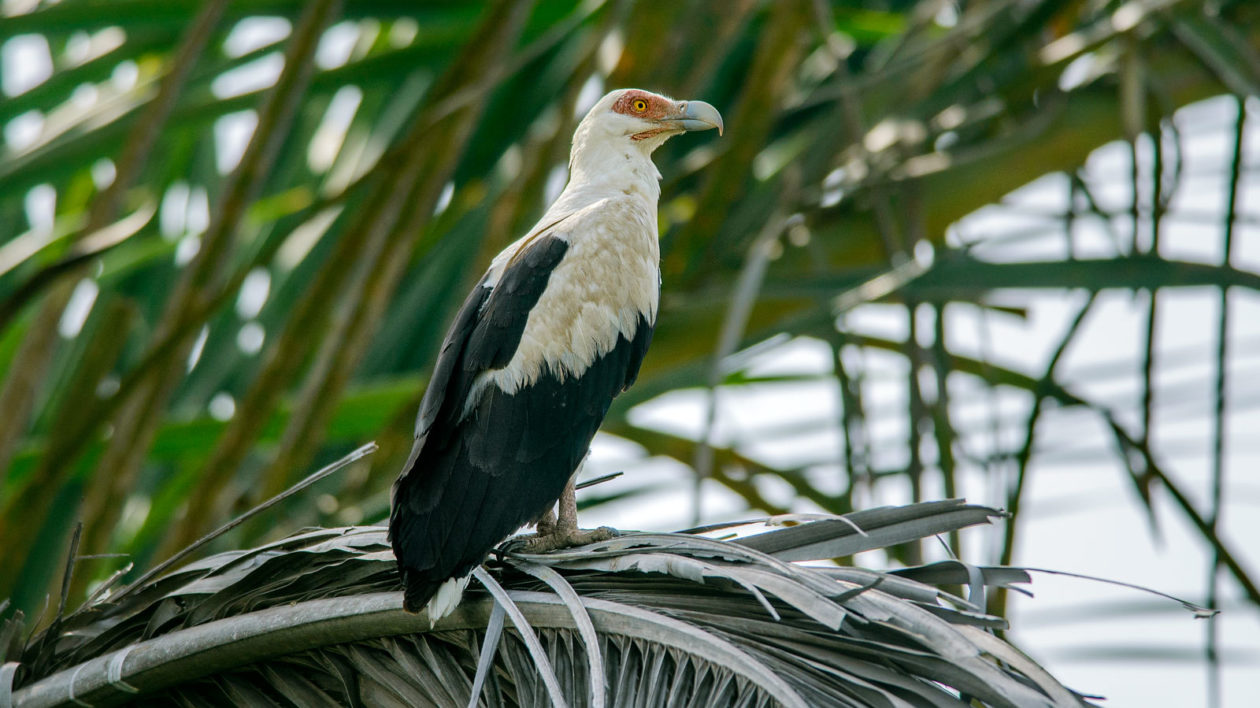
Fitzsimons’ review found 29 raptor species that dabble in frugivory, including the two kites. The palm nut vulture is a fruit specialist, feasting on the same species of oil-rich palm fruits grown commercially to produce palm oil.
Carrion-eating species, like vultures, tend to prefer rotting fruit and vegetable matter. For example, turkey vultures (Cathartes aura) sometimes scavenge rotting fruits and vegetables, including palm fruits, pumpkin, grapes, coconut, cottonwood bark, and juniper berries. Black vultures (Coragyps atratus) have been observed eating bananas, avocados, copra, sweet potato, rubber tree fruit, and oil and royal palm fruit.
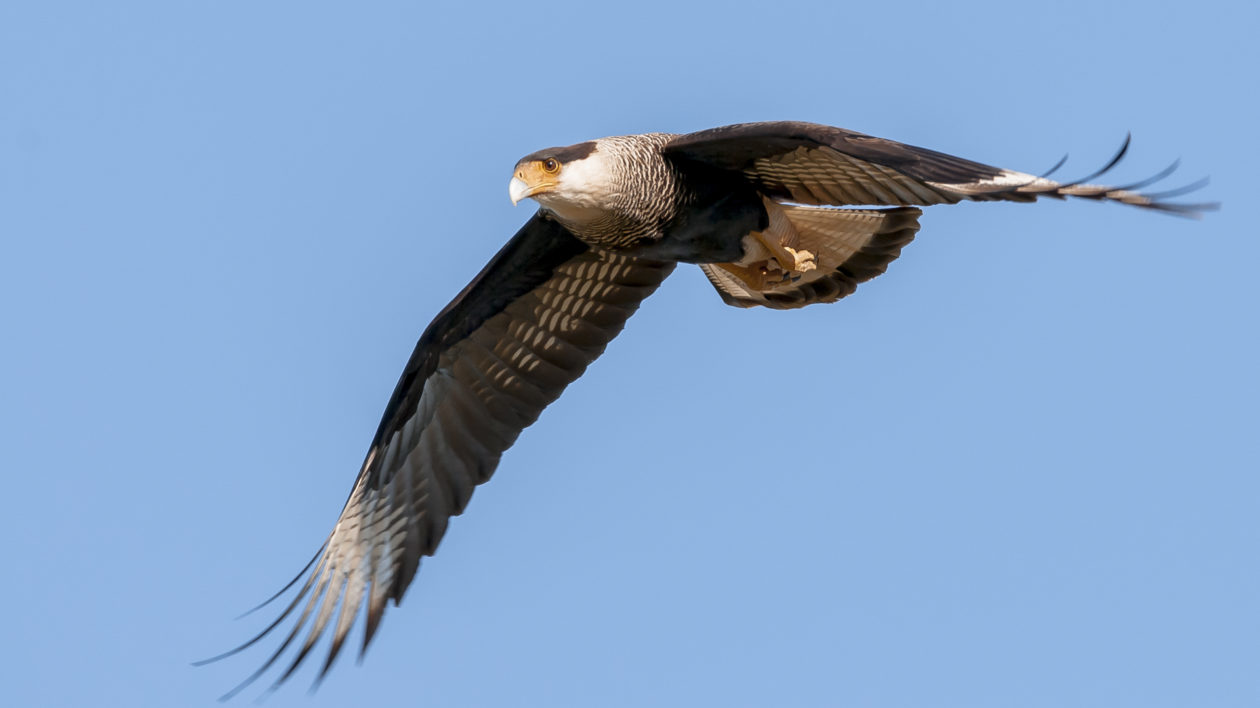
Crested caracaras (Caracara plancus) are recorded eating beans, peanuts, palm fruits, pecans, pequi fruit, coconut flesh and dried copra. Fruit is also listed in the diet of swallow-tailed kites (Elanoides forficatus), although the specific types aren’t mentioned.
Chimango caracaras (Milvago chimango) will eat edible fungus, among many other types of vegetable matter. Ospreys in the Canary Islands have been documented consuming green algae (not a fruit, but still weird). European honey-buzzard (Pernis apivorus) will eat berries, and the common buzzard (Buteo buteo) has been observed eating dessert apples and cranberries.
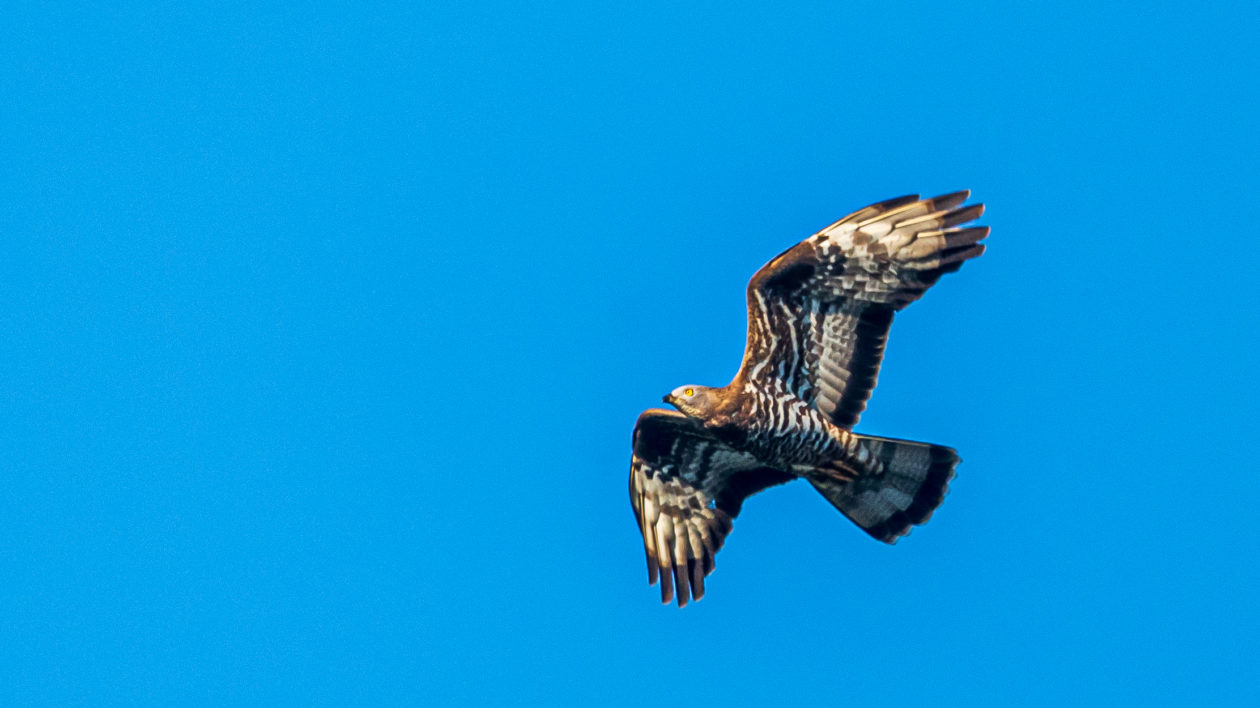
So why exactly do some raptor species get a bit experimental with their diet?
In the case of the black and whistling kites in Australia, Fitzsimons and Leighton suspect that the boom-and-bust nature of prey species has something to do with it. Kite populations can explode during wet years in inland areas when there is an abundance of rats to feed hungry chicks. But as those birds mature and move across the country, that increased population needs more food than usual to sustain them.
Enter the avocados, which are rich in lipids (fats) and can provide substantial caloric energy. It’s notable that oil palm is the most commonly consumed fruit by raptors, as they are also high in lipids.
During his research, Fitzsimons noted a recent increase in reports of raptor frugivory. “In the last decade, there have been quite a few more records from different species, particularly from Central and South America.” He says it’s possible that frugivory, though not common, occurs more often and in more raptor species than previously realized.
So the next time you spot a raptor feeding, take note. It’s a long shot, but you just might see a bird enjoying an unusual fruit snack.